Out Now
The Heritage Issue
Current Issue
The Heritage Issue
APR - MAY 2025

The connection between lighting and the perception of safety is well known – outdoor illumination provides us with a sense of security, allowing us to use public spaces and amenities at night. But according to a study undertaken by Plan International, the Monash University XYX Lab and ARUP, which collected data on how women felt in public spaces, brighter lights do not automatically mean we feel safer.
Analysing over 80 unsafe ‘hotspots’ in Melbourne, the study found that women reported feeling unsafe in very bright or overlit areas, perhaps because they knew there would be a sharp drop in the lighting outside the brightly lit area.
When we experience a quick change in lighting levels, it takes time for our eyes to adjust to the change, and it’s this momentary blindness that made the women in the study feel more vulnerable.
This finding challenges the established practice of lighting urban spaces using high category P lights, which are assumed to reduce crime and increase the feeling of safety.
The analysis also found that the women felt safer when there was consistent layered lighting, which involves using multiple lighting types to create a balanced and well-lit environment. This kind of lighting reduces the negative effects of glare and counters the quick drop from extreme brightness to lower levels of light.
Another insight from the research was that women felt safer in warmer lights than they did in cooler lighting conditions – again debunking the popular practice of using cooler-coloured LED lights, such as the 4000K ‘cool white’ used for urban lighting in Australia.
This kind of research is valuable because it highlights misconceptions that go unchallenged, and suggests possible alternative solutions to enhancing safety with lighting.
One of the emerging technologies in street lighting is intelligent lighting – including sensors – which enables local councils to remotely control streetlights and convert fixed LED lights into smart devices that keep their cities and citizens safe.
Some applications of smart street lighting to improve safety include pairing with motion detection sensors, providing alerts when concerns arise and using video technology to capture a real-time view of a situation.
In a notoriously unsafe park area in Tennessee in the States, a case study was undertaken where intelligent lighting was remotely controlled to brighten, dim or flash. When the lights flashed, the gathering of gangs in the park quickly dispersed. Over time, with this smart lighting initiative, the park was reclaimed from criminal activity.
Besides helping fight crime and making public areas safer, smart lighting comes with the additional potential to improve safety in urban areas by broadcasting evacuations and warnings, monitoring traffic, and for use in combination with other emerging technologies like gunshot detection.
While smart street lighting is being widely adopted around the world, less than 5% of Australia’s streetlights are currently smart-controlled.
Keep up to date with our latest news and competitions by subscribing to our regular newsletter.

Issue 183
OCT - NOV 2024

Issue 182
AUG - SEPT 2024
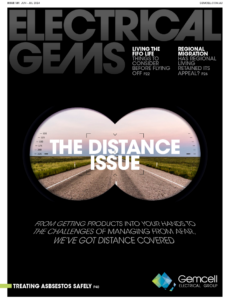
Issue 181
JUN - JUL 2024

Issue 180
APR - MAY 2024

Issue 179
FEB - MARCH 2024

Issue 178
DEC 2023 - JAN 2024
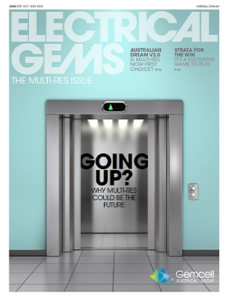
Issue 177
OCT - NOV 2023
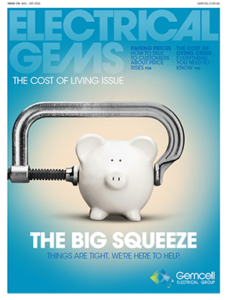
Issue 176
AUG - SEPT 2023

Issue 175
JUN - JUL 2023
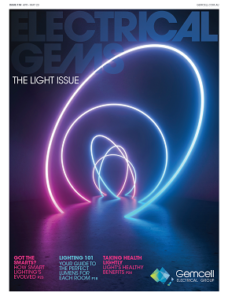
Issue 174
APR - MAY 2023

Issue 173
FEB - MAR 2023

Issue 172
DEC 2022 - JAN 2023

Issue 171
OCT - NOV 2022
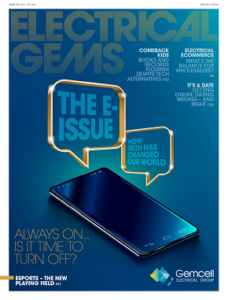
Issue 170
AUG - SEPT 2022

Issue 169
JUN - JUL 2022

Issue 168
APR - MAY 2022
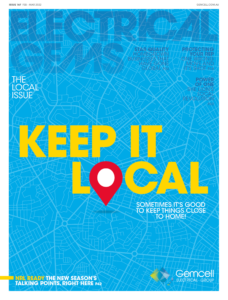
Issue 167
FEB - MAR 2022

Issue 166
DEC 2021 - JAN 2022
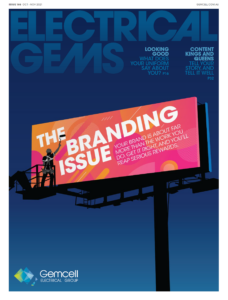
Issue 165
OCT - NOV 2021
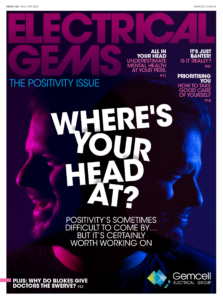
Issue 164
AUG - SEPT 2021

Issue 163
JUN - JUL 2021
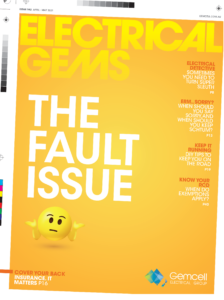
Issue 162
APR - MAY 2021

Issue 161
FEB - MAR 2021

Issue 160
DEC 2020 - JAN 2021
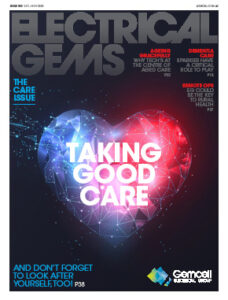
Issue 159
OCT - NOV 2020

Issue 158
AUG - SEPT 2020

Issue 157
JUN - JUL 2022

Issue 156
APR - MAY 2020

Issue 155
FEB - MAR 2020

Issue 154
DEC 2019 - JAN 2020

Issue 153
OCT - NOV 2019

Issue 152
AUG - SEPT 2019

Issue 151
JUN - JUL 2019

Issue 150
APR - MAY 2019
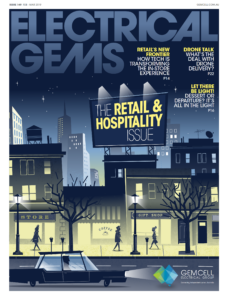
Issue 149
FEB - MAR 2019
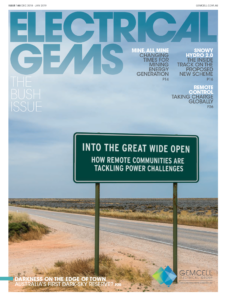
Issue 148
DEC 2018 - JAN 2019

Issue 147
OCT - NOV 2018
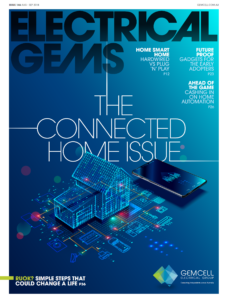
Issue 146
AUG - SEPT 2018

Issue 145
JUN - JUL 2018
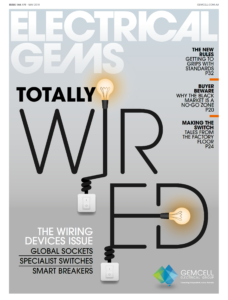
Issue 144
APR - MAY 2018
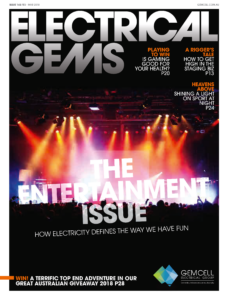
Issue 143
FEB - MAR 2018

Issue 142
DEC 2016 - JAN 2017

Issue 141
OCT- NOV 2017

Issue 140
AUG - SEPT 2017
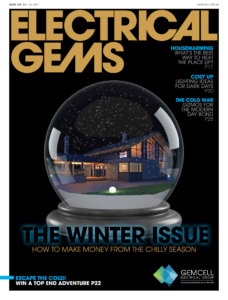
Issue 139
JUN - JUL 2017
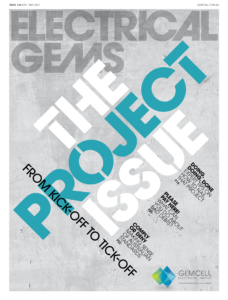
Issue 138
APR - MAY 2017
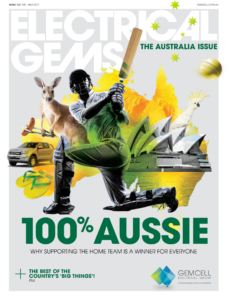
Issue 137
FEB - MAR 2017

Issue 136
DEC 2016 - JAN 2017

Issue 135
OCT - NOV 2017

Issue 134
AUG - SEPT 2016

Issue 133
JUN - JUL 2016
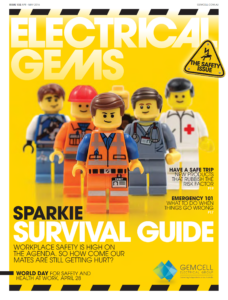
Issue 132
APR - MAY 2016
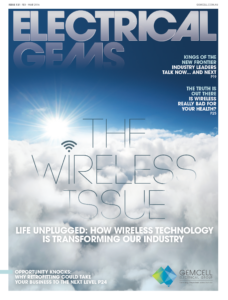
Issue 131
FEB - MAR 2016

Issue 130
DEC 2015 - JAN 2016
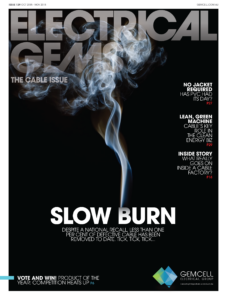
Issue 129
OCT - NOV 2015

Issue 128
AUG - SEPT 2015
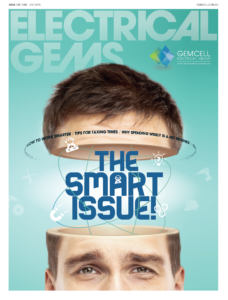
Issue 127
JUN - JUL 2015
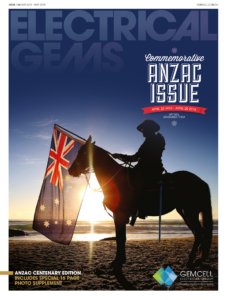
Issue 125
APR - MAY 2015

Issue 125
FEB - MAR 2015
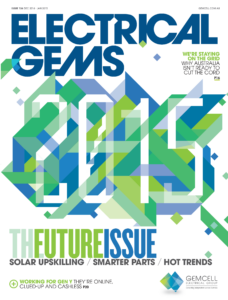
Issue 124
DEC 2014 - JAN 2015

Issue 123
OCT - NOV 2014

Issue 122
AUG - SEPT 2014
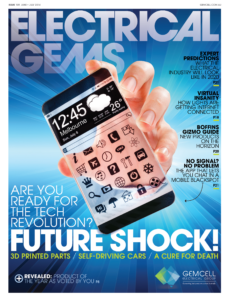
Issue 121
JUN - JUL 2014
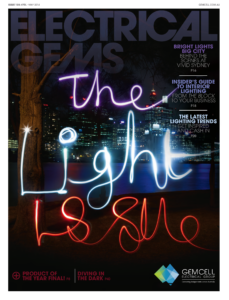
Issue 120
APR - MAY 2014

Issue 119
FEB - MAR 2014
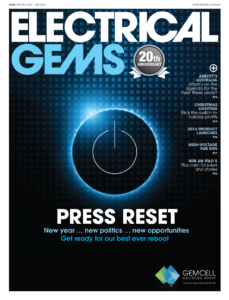
Issue 118
DEC 2013 - JAN 2014
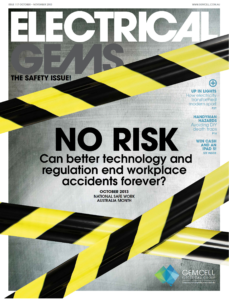
Issue 117
OCT - NOV 2013

Issue 116
AUG - SEPT 2013

Comments (0)
Write a Comment